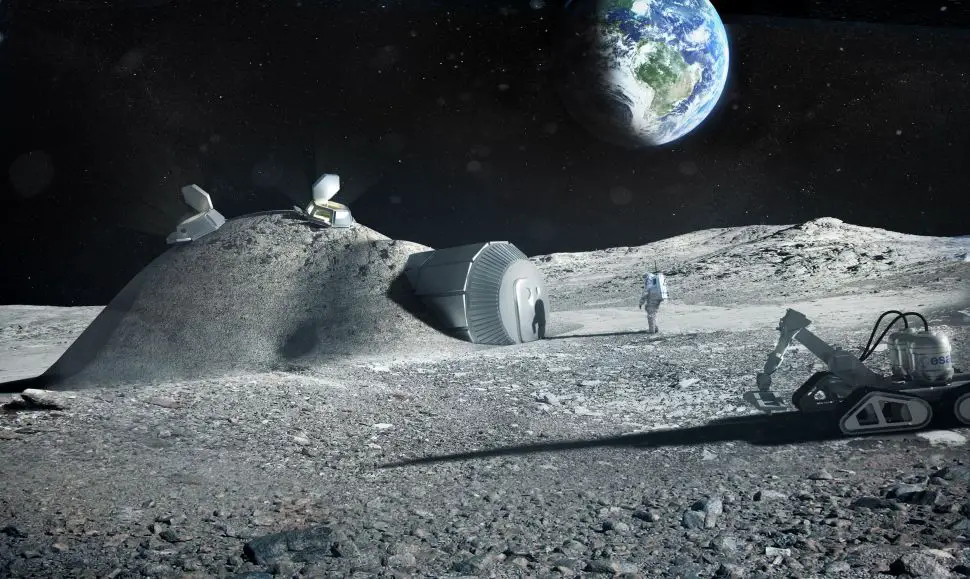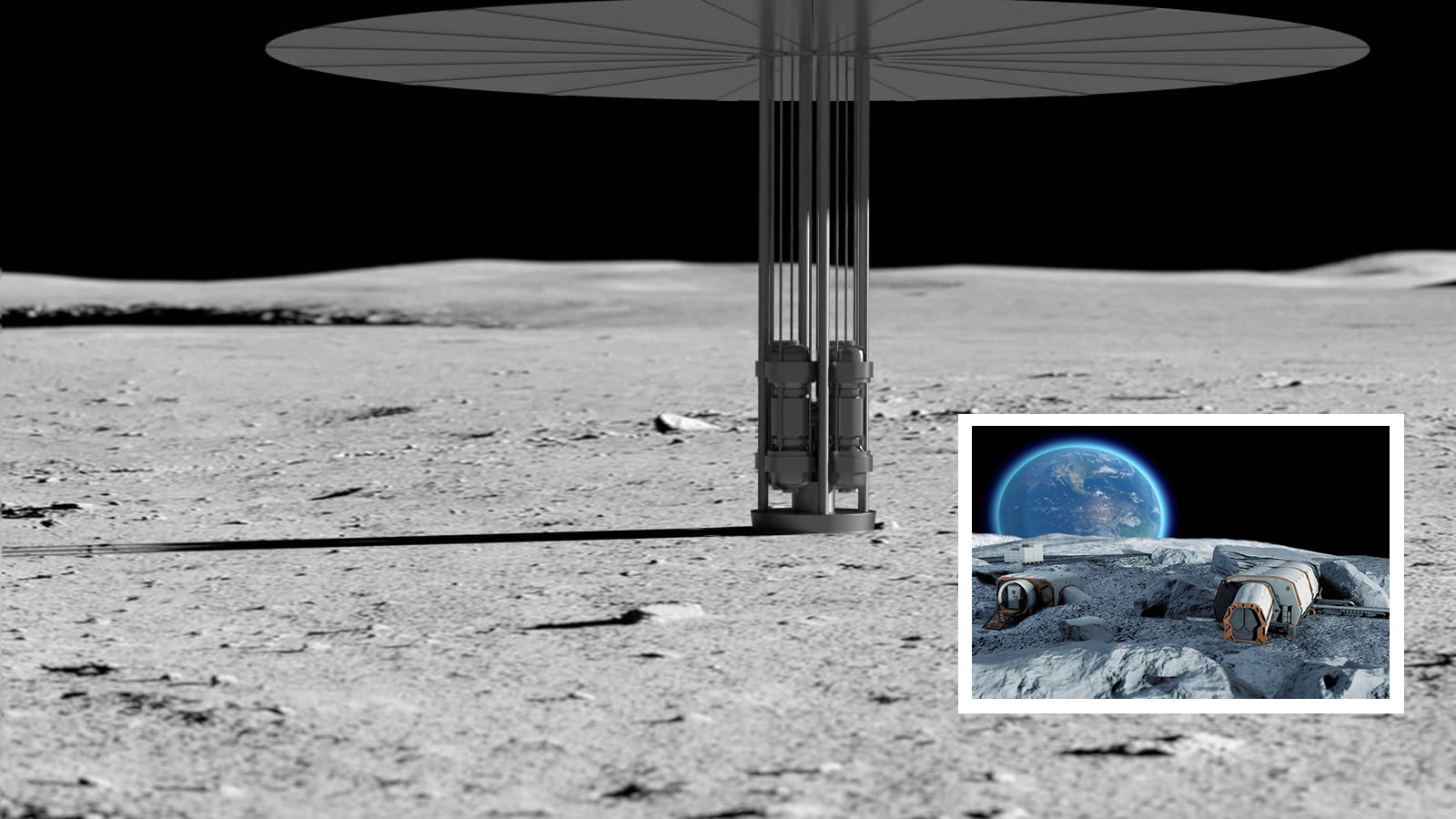Do you or a friend know how to construct a uranium-fueled nuclear reactor that will fit inside a rocket measuring 12 feet long by 18 feet broad (4 metres long by 6 metres wide)? Are you able to complete the project by the end of the decade? So, if you have something to say, NASA and the United States Department of Energy would want to hear from you.
According to a statement released on Nov. 19 by the Department of Energy’s Idaho National Laboratory (INL), the lab is collaborating with NASA to deploy a “durable, high-power, sun-independent” fission reactor on the moon within the next 10 years.
The two organisations are presently soliciting bids from outside partners to help them get this ambitious initiative off the ground. The deadline for submissions is February 19, 2022.
According to agency officials, this hypothetical reactor would aid in the transformation of the moon into an interplanetary base for human space exploration, including future manned journeys to Mars.

“Ample energy will be critical to future space exploration,” said Jim Reuter, assistant administrator for NASA’s Space Technology Mission Directorate in Washington, D.C., in a statement.
“Plenty of energy will be critical to future space exploration,” he said. “I anticipate that fission surface power systems will significantly enhance our plans for power architectures for the moon and Mars, and that they will even spur innovation for use on the planet.”
The request for ideas is accompanied by a set of fundamental guidelines. As previously stated, the suggested reactor must be a uranium-fueled fission reactor – that is, an instrument capable of splitting heavy atomic nuclei into lighter nuclei, with energy released as a byproduct.
The process of merging two or more lighter atoms into one heavier one, known as nuclear fusion, on the other hand, results in the release of energy as a result of the process.
The reactor must not weigh more than 13,200 pounds (6,000 kilogrammes) and must be able to fit into the rocket with the specifications specified above in order to function properly. Assembly of the reactor will take place on Earth before it is sent to the moon, where it will be required to generate 40 kilowatts of continuous electric power for a period of ten years or more.
Temperature controls must also be installed in the reactor in order to keep the device cool. (According to Live Science’s sister site Space.com, the moon may reach temperatures of more than 260 degrees Fahrenheit, or 127 degrees Celsius, during the day.)
In the midst of scaling up its Artemis programme, which intends to establish a sustained human presence on the moon by the end of this decade, NASA has issued a request for proposals. In order to send people to the moon for the first time since 1972, the mission is expected to cost roughly $93 billion, according to estimates.


